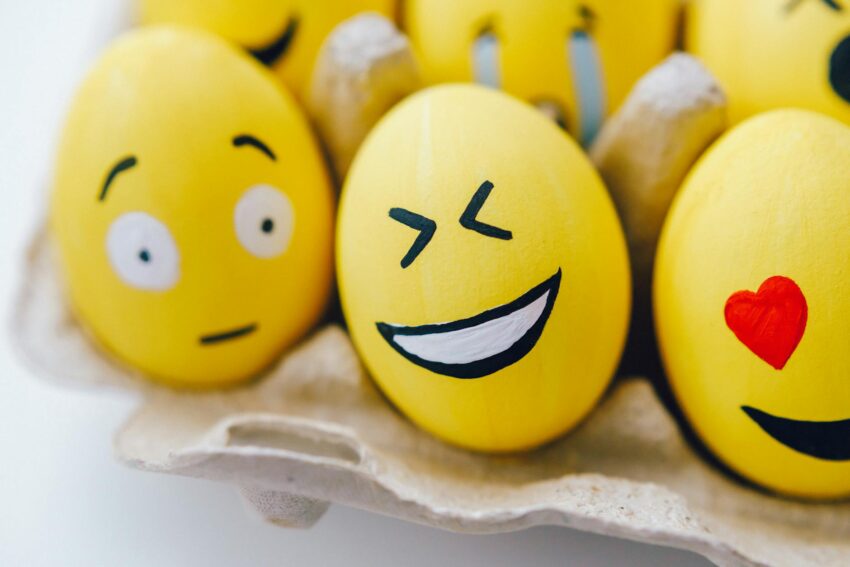Since the 1960s counterculture movement, the pursuit of creativity and artistic expression through psychedelic experiences has been a topic of significant intrigue and curiosity, roped in controversy and fascination alike. These substances, known for greatly enhanced perception and expanded consciousness, may hold the key to unlocking innovative insights into how creativity works.
Psychedelics like LSD (lysergic acid diethylamide) and psilocybin mushrooms have been linked to a heightened sense of creativity, inspiration, and imagination, enabling users to explore cognitive and artistic territories that would otherwise remain untapped. Although the exact nature of this connection remains largely mysterious, continued research reveals more about the intricate relationship between increased creative thinking and psychedelic drug use.
The intersection between psychedelics and creativity can be primarily explored through two psychological concepts: divergent thinking and the flow state.
Divergent thinking, which refers to the generation of creative ideas by exploring many possible solutions, has been positively affected by psychedelic use in several studies. Users often report dramatically increased access to remote concepts and ideas, thereby aiding in problem-solving and artistic creation. The free-flowing thought structure that characterizes divergent thinking corresponds to the unstructured, expansive cognitive journey often reported with psychedelic use.
The flow state, often referred to as “being in the zone,” is a mental state in which a person becomes fully immersed in an activity, experiencing heightened focus and enjoyment in the process of the activity. The flow state is crucial not only to artists and athletes but also to people from all walks of life. Many anecdotal reports suggest that psychedelics can facilitate access to this hyper-focused state, potentially promoting heightened creativity and productivity.
Recent research further demonstrates that psychedelics enhance neural connections most commonly associated with creativity and imagination. By promoting a hyperconnective brain state, these substances may facilitate the formation of novel thoughts and ideas. KJH Lee, in his study, noted that under the influence of psilocybin, brain regions not usually operating in tandem interacted in a novel way, encouraging a flexible, less restricted thought.
It is important to clarify, though, that psychedelics do not directly generate creativity. Like a cog in the complex wheel of human cognition, they stimulate latent possibilities within the user’s mind. To benefit from the potentially enhanced perception psychedelic offer, a person must already possess the initial leaning or inclination toward creative thought processes.
There are countless examples throughout history where artists, writers, and musicians have turned to psychedelic substances for creative inspiration. The Beatles famously admitted to using LSD, which they’d claimed opened the doors of perception and influenced some of their most iconic work. Renowned author Aldous Huxley also famously narrated his mescaline trip in ‘The Doors of Perception,’ referencing its profound impact on his consciousness and creativity.
While the connection between the psychedelic experiences and creativity is the subject of much historical and contemporary interest, its intricate nature continues to fuel debates and research among psychologists, neuroscientists, and artists alike. Further ethical, safe, and controlled research on psychedelics hold the promise for fascinating discoveries that might further our understanding of human creativity and its limitless potential.
As we continue to explore the hidden depths of creative thinking, psychedelics continue to shine a light on the pathway, illuminating the untrodden ways to the creative mind, pulsating with imagination, inspiration, and artistic expression. As such, research on these substances and their impact on human cognition is not merely an indulgence of curiosity, but a pursuit of understanding the very foundation of human creativity.
In dealing with such matters, it is always critical to encourage responsible use and engage in open, informed conversations. Responsible usage, positive intentions, and careful guidance are crucial in navigating the transcendent tides of enhanced perception, and ultimately, harnessing the creative boon that psychedelics might potentially offer.
Caution: Psychedelic substances can have a profound impact on mental health and should be used under medical supervision or in well-regulated conditions.
